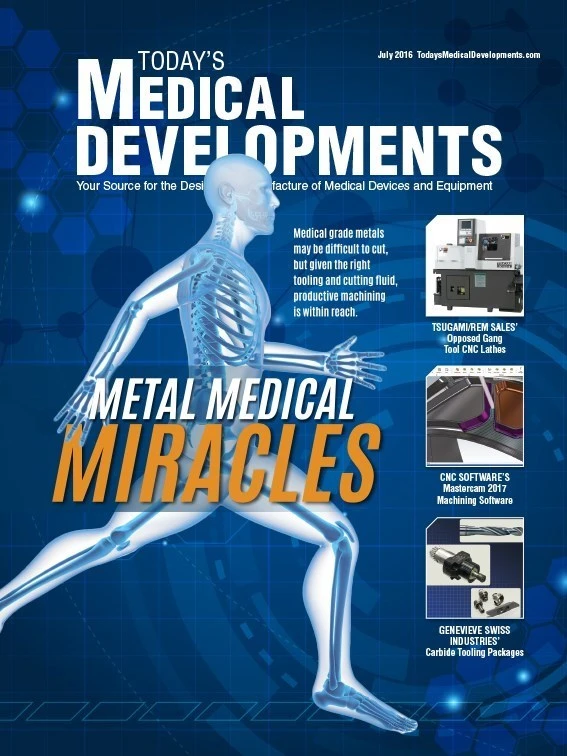
Today’s medical device original equipment manufacturers (OEMs) and their customers demand high-quality, aesthetically appealing surfaces. The surface quality of the plastic component for medical applications is important from both a functional and aesthetic perspective. The properties of the thermoplastic, the mold surface finish, and the molding process all play a role in the final component surface quality.
Polycarbonates and polycarbonate acrylonitrile butadiene styrene (PC+ABS) blends offer remarkable thermal and mechanical properties, enabling these robust materials to be suitable for a wide variety of medical applications. The optical clarity and transparency of polycarbonate resins make them excellent candidates for medical parts that require glass-like transparency. Polycarbonate resins and PC+ABS blends can be pre-colored to achieve different colors and special effects to meet the requirements of a wide range of medical applications.

Due to its fast cycle time, excellent part-to-part repeatability, and ability to produce large quantities from a single injection mold, this has been the primary technology for mass production of polycarbonate parts for the medical industry. This allows engineers and designers to craft polycarbonate components of nearly any shape with tight tolerances and varying geometric complexity. Medical device OEMs must also consider disinfectant compatibility, sterilization requirements, and regulatory fulfillment when qualifying a material.
To meet changing medical application and market requirements, injection molding technology continues to evolve. A new advancement in injection molding called rapid heating and cooling (RH&C) helps medical device OEMs and their customers enhance surface appearance for medical housings with the opportunity to reduce manufacturing costs.
Rapid heating & cooling
During the typical injection molding process, a thin frozen skin layer is formed due to the temperature difference between the mold tool surface and the plastic melt, as they come into contact during melt injection. A large temperature difference does not allow the molten plastic to fully replicate the mold surface, which can cause poor surface quality and highly visible weld lines in some instances.
Weld lines on a medical device can be considered unacceptable in some applications from both a visual and structural integrity perspective. To improve part surface quality, a mold temperature closer to the softening point of the polymer is needed. However, this can lead to longer cycle times and poor part quality using conventional molding and cooling technology.
RH+C impact

Medical OEMs and their customers continue to search for ways to improve part aesthetics and optimize production to meet performance and cost challenges. While injection molding has traditionally been the primary technology for mass production of polycarbonate parts in the medical industry, RH&C is an emerging technology that has positive implications for the medical device market.
With RH&C technology, it is possible to eliminate surface defects to deliver high-quality surfaces on thin-wall, complex designs that offer medical OEMs and molders countless possibilities and cost savings.
Covestro LLC
About the authors: Mark Matsco is director of application development, polycarbonates – Covestro North America. Jessica Boyer is application development engineer, polycarbonates – Covestro North America. Questions can directed to Matsco or Boyer at mark.matsco@covestro.com.

Explore the July 2016 Issue
Check out more from this issue and find your next story to read.
Latest from Today's Medical Developments
- Arcline to sell Medical Manufacturing Technologies to Perimeter Solutions
- Decline in German machine tool orders bottoming out
- Analysis, trends, and forecasts for the future of additive manufacturing
- BlueForge Alliance Webinar Series Part III: Integrate Nationally, Catalyze Locally
- Robot orders accelerate in Q3
- Pro Shrink TubeChiller makes shrink-fit tool holding safer, easier
- Revolutionizing biocompatibility: The role of amnion in next-generation medical devices
- #56 Lunch + Learn Podcast with Techman Robot + AMET Inc.





